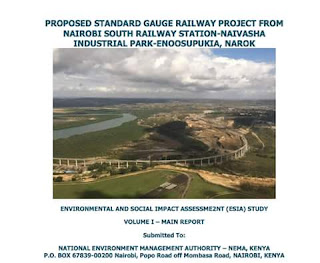Wangari Maathai's fight for Uhuru Park: Importance of an Environmental Policy
Wangari Maathai took the KANU government to court in 1989 when they planned to build a sixty storey skyscraper at Uhuru Park
which was supposed to serve as the party's headquarters. This project was to be undertaken by the Kenya Times Media Trust. This would have been the tallest building in this region.
Uhuru Park is one of the historical grounds in this country. It also serves as a green space within the central business district in Nairobi. With this it serves as an important role to this country and mainly the city of Nairobi. The park has alot of trees which provide alot of fresh air. This provides a relaxing atmosphere in the park hence it hasalways attracted many people who come to unwind after a busy day, hold picnics and parties as well.
During the time of the suit i.e. 1989, there was no legislation that provided guidelines on the management and coordination of environmental issues.
The issue of 'locus standi' was not addressed at this time in the law. This means that no one could forward their case to the court in respect to breach or threatened breach of the entitlement to a clean environment. As a result of this, Wangari Maathai's suit could not sail through since there was no provision for it in the law. In the end, Wangari Maathai's case was never decided on merit as it was dismissed for 'want of standing' or capacity to sue.
After the enactment of the Environmental Management and Coordination Act, 1999 (EMCA, 1999) such issues are now being addressed and any individual has the capacity to sue for breach or threatened breach of the entitlement to a clean environment.
This is one of the innovative sections of the act. The 'locus standi' applies to everyone since we all are interested parties. This is contained in section 3(3) of the EMCA 1999.



Comments
Post a Comment